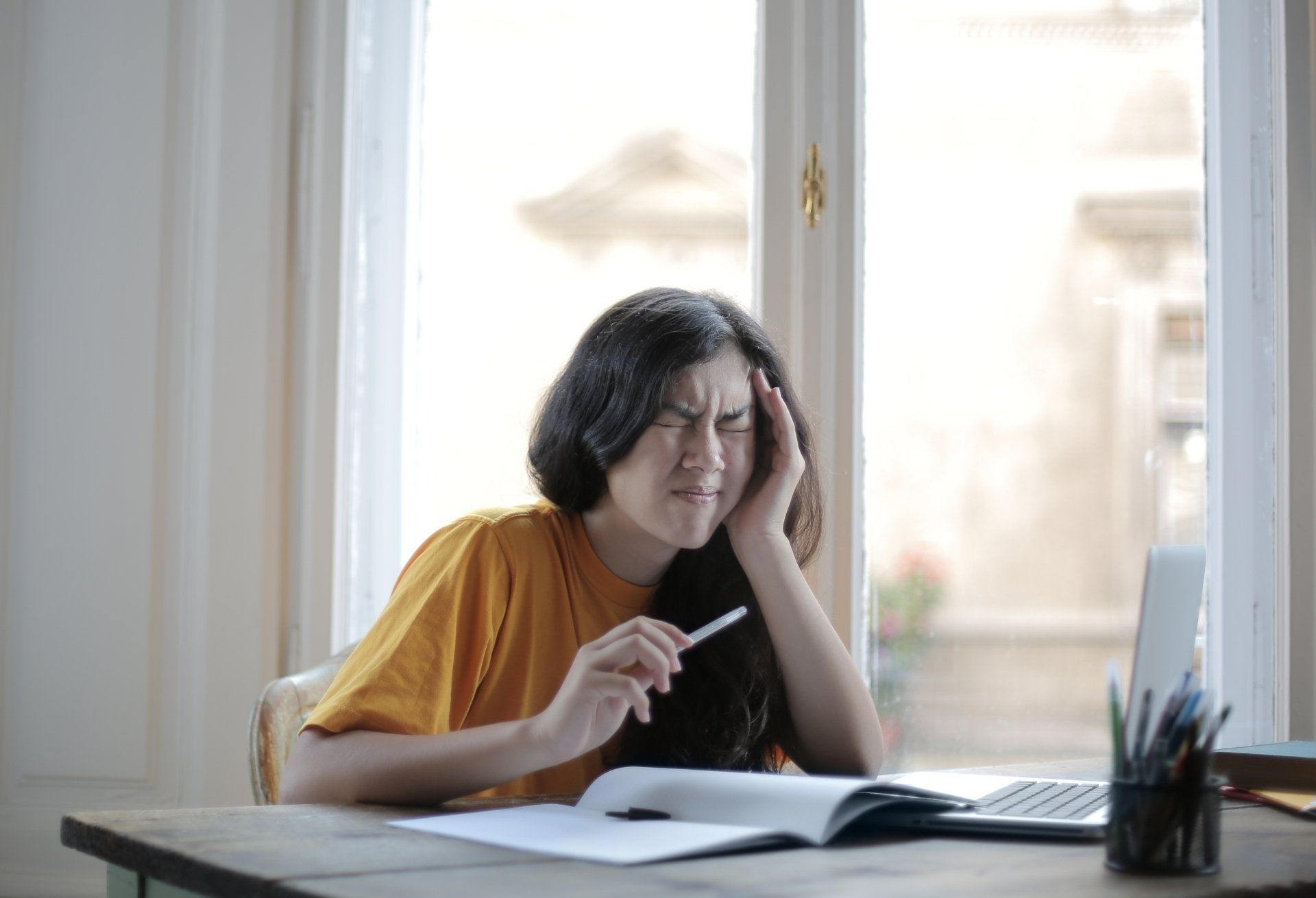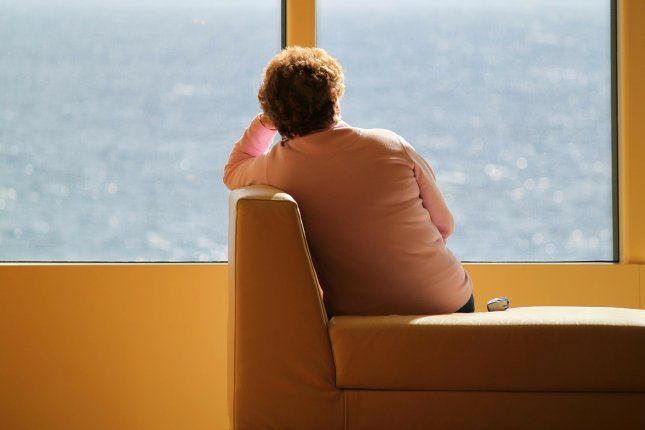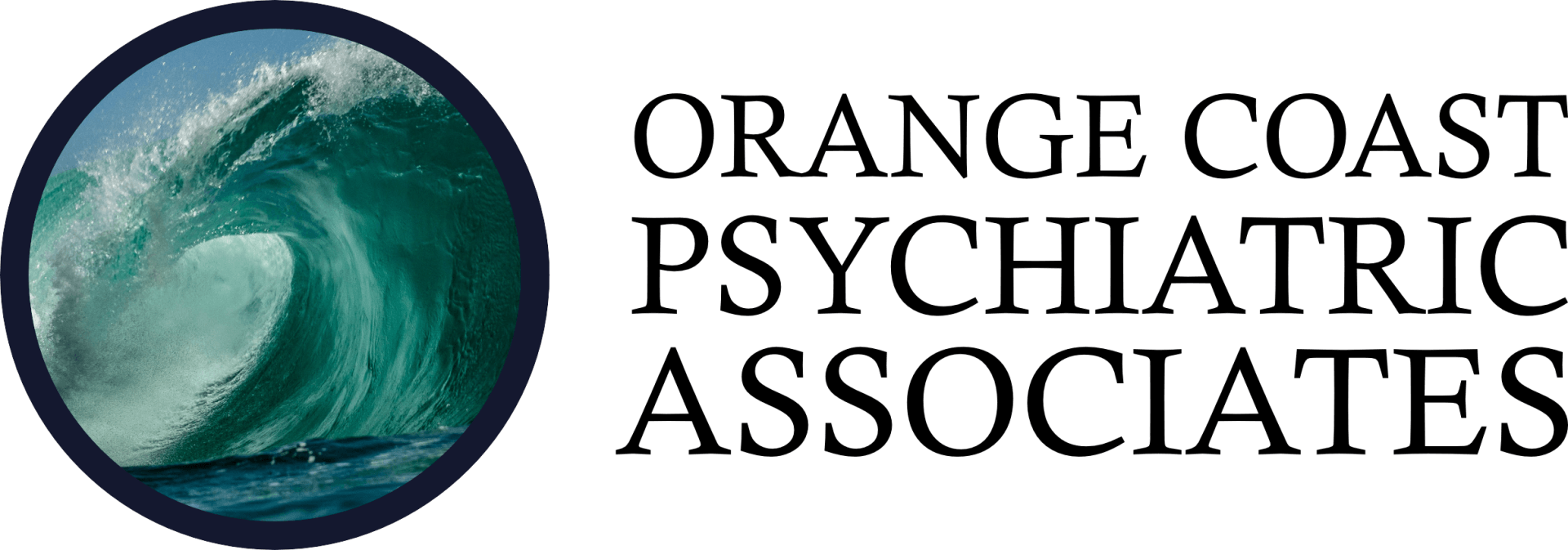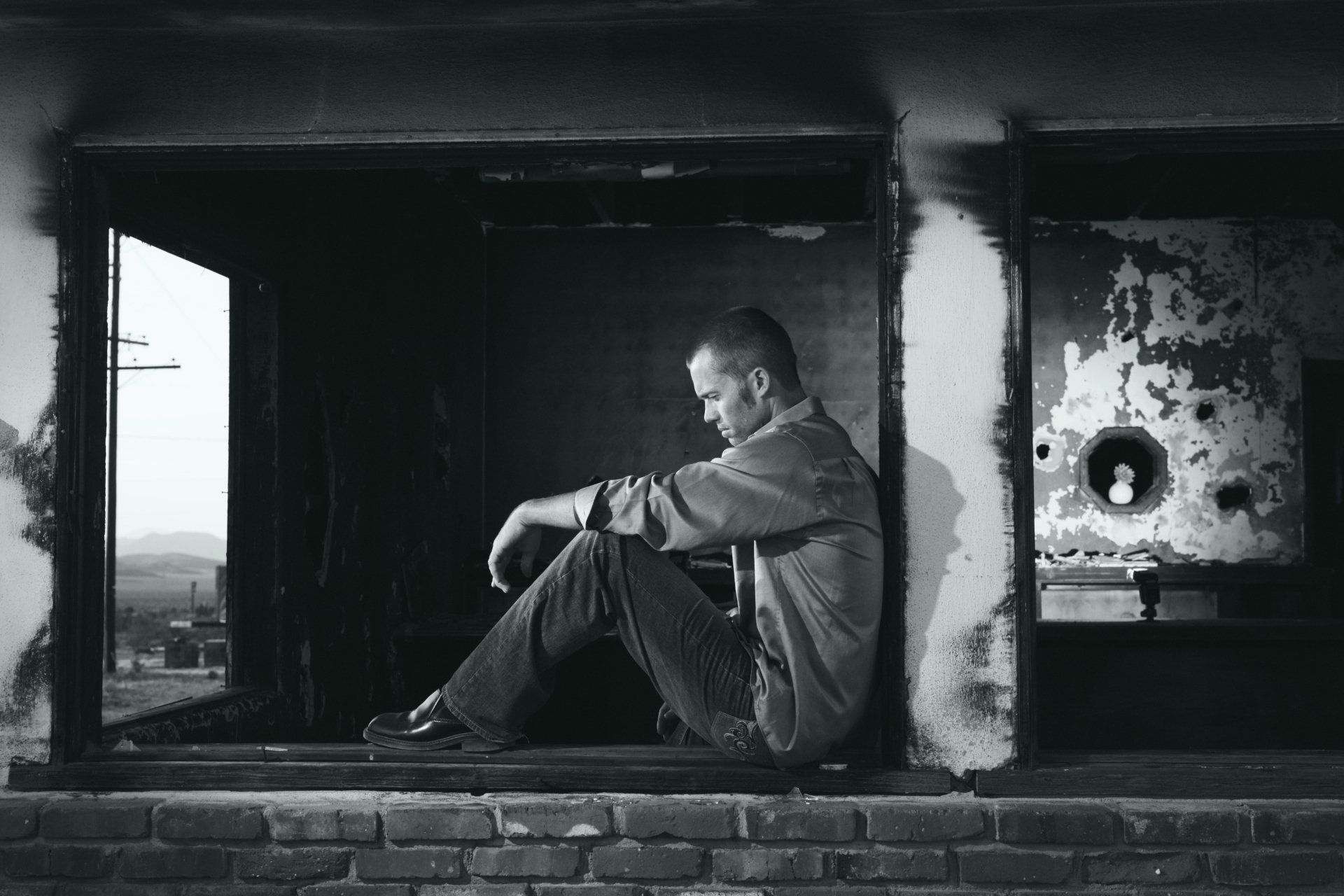Coping with Seasonal Affective Disorder During Another Pandemic Winter

- Colder and darker days mean many Americans are beginning to feel the effects of seasonal affective disorder, or SAD.
- As we head into another pandemic winter, SAD can make it more difficult to manage COVID-19 anxiety.
- Several coping mechanisms can help ease symptoms of both seasonal affective disorder and COVID-19 anxiety.
As the days get darker and temperatures dip in most areas of the country, many Americans are beginning to feel the effects of seasonal affective disorder, or SAD.
SAD is a type of depression that typically comes on in the fall and winter months. It leads to mood changes and other symptoms of depression.
“It’s an annual decrease in mood and can lead to feeling lethargic, difficulty sleeping, poor appetite, and weight loss” explained Adam Borland, PsyD, a psychologist at the Cleveland Clinic. “Some people experience agitation and anxiety, and it really stems from the change in weather, the lack of sunlight, and the cold dreariness in certain areas of the country.”
SAD is quite common. The National Institute of Mental HealthTrusted Source reports millions of Americans have SAD, though many might not know they have it.
SAD and COVID-19: “A recipe for depressive episodes and heightened anxiety”
Experts say, as we approach another pandemic winter, seasonal affective disorder is once again being compounded by COVID-19 anxiety for many Americans.
“If we’re already feeling down, then we add to it the prospect of another winter in which [COVID-19] is still an issue, that’s a recipe for depressive episodes and for heightened anxiety and panic,” Borland said.
Most Americans are still reeling from the events of the past year and a half. The staggering death toll of more than 773,000 people has left countless grieving families in its wake.
There’s also the lasting effects of social isolation, financial upheaval, and the collective stress of being on edge for so long.
And while the United States is in a much better position than last winter with the COVID-19 vaccine and current rollout of booster shots, the uncertainty of where the pandemic is heading can make the mental anguish seem never-ending.
“Especially with the ambiguity of where we are now as a society, it can be hard to know where we have to continue to be cautious as compared to where we can be more at ease than we were last winter,” said Jessica Stern, PhD, a clinical psychologist at the Steven A. Cohen Military Family Clinic at NYU Langone Health.
In a vicious cycle, SAD can make it even more difficult to cope with COVID-19 anxiety.
“Seasonal affective disorder can lead to a sluggishness or lowness that can even further decrease motivation to engage in healthy habits, like eating healthy, staying active, and managing stress,” Stern said.
Tips for managing SAD and COVID-19 anxiety
If you’re feeling the double whammy of seasonal affective disorder and pandemic anxiety, experts recommend the following coping mechanisms that can help ease symptoms of both.
Maintain a routine
Having some semblance of a daily routine is very important, especially when things seem overwhelming, Borland said.
“What I mean by that is having small, achievable goals to work toward each day,” he explained. “So for someone who, as soon as they open their eyes in the morning, they start to feel overwhelmed by all the demands on them, identifying those small goals and crossing them off their list can make a big difference.”
These goals can be as simple as taking 10 minutes out of every morning for deep breathing and stretching.
“That’s not a huge goal, but it’s something to cross off the list,” Borland explained. “So you attended to yourself for 10 minutes, and now you’re a bit more charged to start the day.”
Try light therapy
Phototherapy, or light therapy, is a recommended treatment for seasonal affective disorder. It involves sitting or working near a light therapy box, which mimics natural outdoor light.
Borland encourages his patients get a little creative with it.
“I have one patient who uses their light therapy and combines it with listening to some relaxing music, and they visualize that they’re at the beach,” he said.
Get moving
StudiesTrusted Source show that physical activity can improve mental health and overall well-being.
“As I tell my patients, exercise doesn’t have to mean going to the gym or taking a fitness class,” Borland said. “It’s really just any type of physical activity that you can get, [like] taking a walk, doing some exercise at home, using a quick YouTube workout video — those all count.”
Find your community
“Surround yourself (in-person or virtually) by people who support you, inspire you, or are just fun to talk to,” Stern said.
If you’re feeling stressed or overwhelmed, lean on that social support system to help you get through tough times.
“Probably one of the most important coping tools is not keeping things bottled up, but sharing with your loved ones how you’re feeling,” Borland said.
Practice mindfulness meditation
A proven way to help ease symptoms of depression and anxiety, mindfulness meditation encourages people to slow down their thoughts and breathe deeply.
“What that does is really help us focus on the present moment,” Borland explained. “We are so good at thinking about the past and worrying about the future, that we often miss the present moments.”
If you have trouble controlling your thoughts and getting into a meditation practice, Borland recommended starting with small goals.
“The expectation is not that you turn your brain off, but I like to think of it in terms of volume,” he said. “So if you feel like your brain is at a nine or a 10, in terms of volume… the expectation is that doing some deep breathing is just going to turn it down a little.”
“The expectation is not that you’re going to go from a nine to a one. And if that’s the expectation, that’s where people get frustrated,” he added.
Create a tangible bucket list
Having plans for enjoyable activities can help ease day-to-day stresses.
While COVID-19 has limited options over the last year and a half — whether that’s because of fears of becoming sick or financial strain — even making small plans can be helpful.
“Plan fun activities for yourself, regardless of how small they may seem to you,” Stern suggested. “This could include doing a wine tasting from home, creating a weekly movie and dinner night, or building a fort in your living room.”
Lean into nostalgia
There’s a reason it feels so good to rewatch your favorite sitcoms or revisit beloved holiday movies each year.
“Movies, TV shows, stand-up comedy segments that you know and love can bring a sense of comfort and familiarity,” Stern said. “Have a few of your favorites on standby — whether that means holiday classics that you love or a TV series you can binge.”
You can even pair it with your favorite recipe or takeout food and amp up the nostalgia, she suggested.
Seek professional help
Finally, many people with seasonal affective disorder and anxiety find great benefit in seeing a mental health professional.
“If someone feels as though their daily functioning is really being affected by mood by anxiety or panic, they may want to take steps to seek professional help,” Borland said.
Orange County Psychiatric Associates, in Mission Viejo, works with adolescents, and adults to enable them to live their lives to their fullest. Orange Coast Psychiatric Associates tailors treatments based on the understanding that both body and mind must be treated in order to promote better mental and physical health. Let us help you improve your quality of life with specialized care for you.




